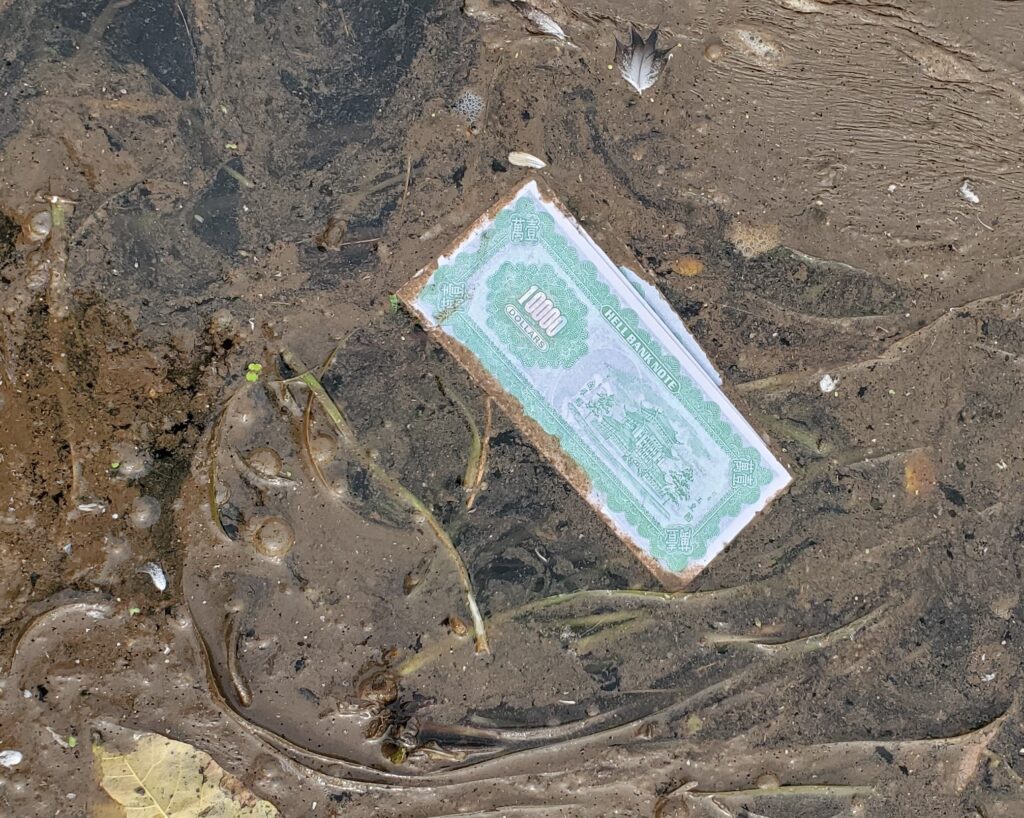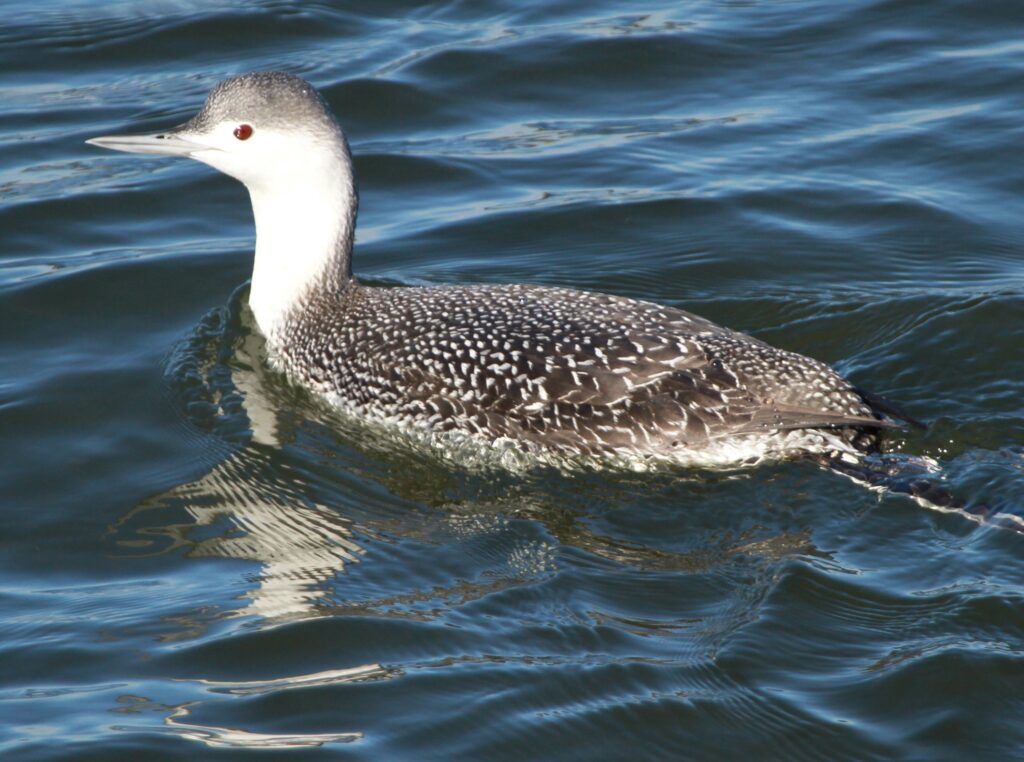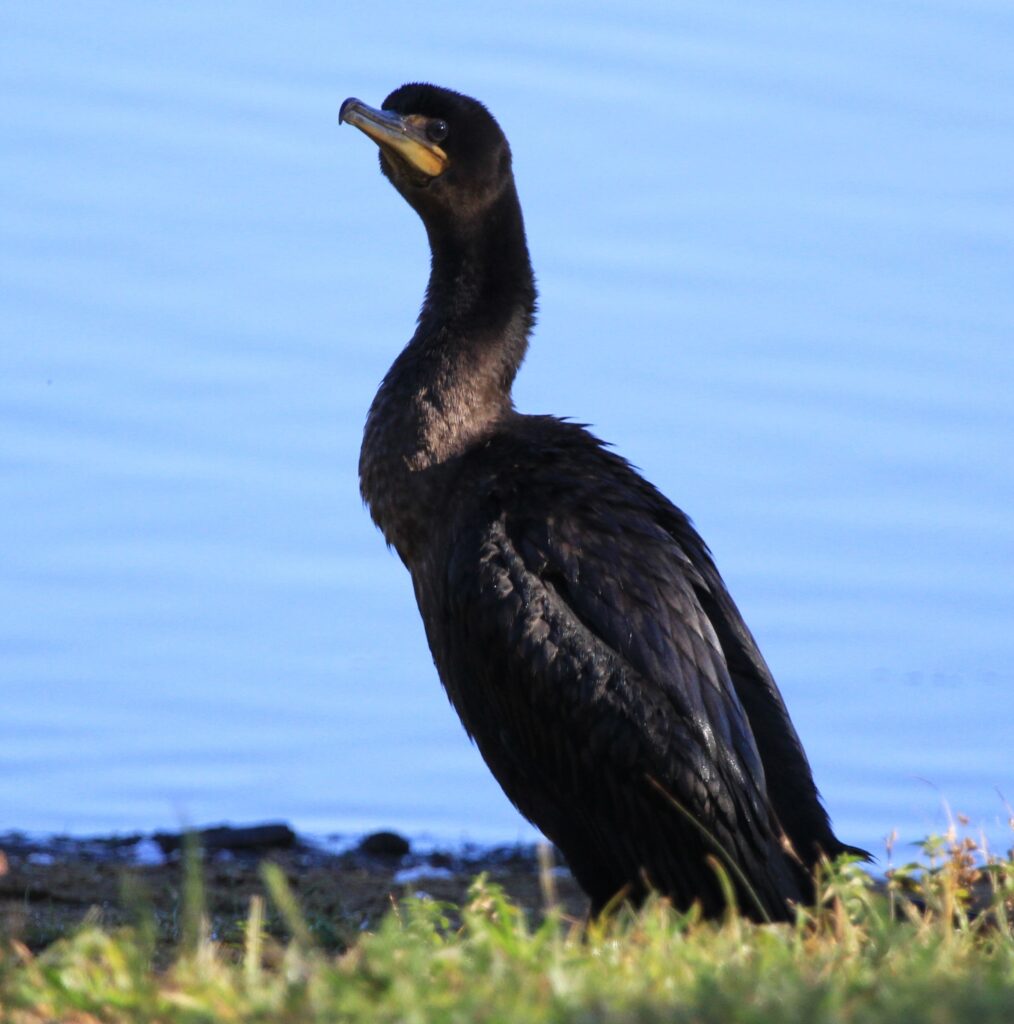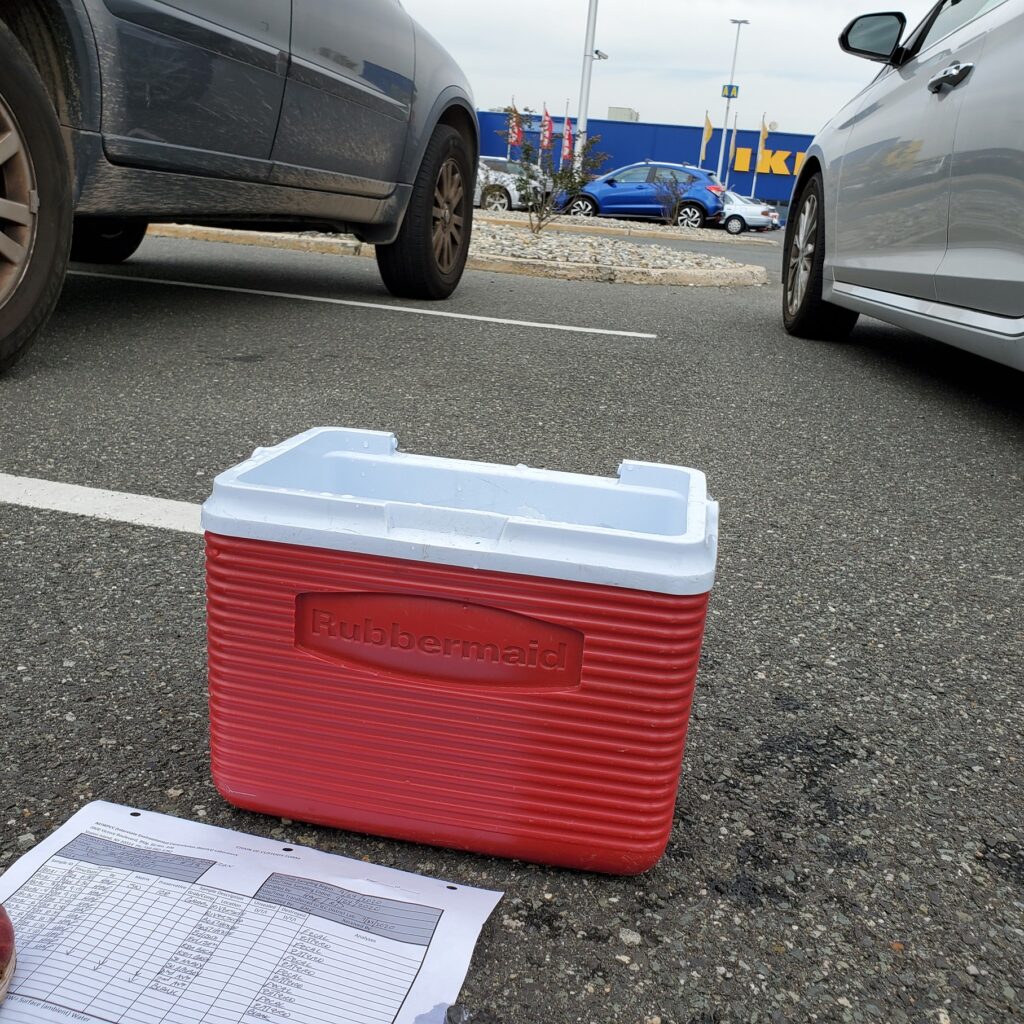Raritan River Pathogen Results for 9.24.2020
Article and photos (except as noted) by LRWP Board President Heather Fenyk
The LRWP and Rutgers Cooperative Extension of Middlesex County monitor for Fecal Coliform and Enterococcus at six non-swimming public beach access sites along the Lower Raritan during the warmer summer months. Fecal Coliform and Enterococcus are indicators of disease-causing bacteria in our waterways.
The EPA recommends that a single Enterococcus sample be less than 110 Colony Forming Units (CFU)/100mL for primary contact. Enterococci levels are used as indicators of the possible presence of disease-causing bacteria in recreational waters. Such pathogens may pose health risks to people fishing and swimming in a water body. Sources of bacteria include Combined Sewer Overflows (CSOs), improperly functioning wastewater treatment plants, stormwater runoff, leaking septic systems, animal carcasses, and runoff from manure storage areas. Enterococci levels are often high after heavy or consistent rainfall.
Below are our pathogens results for September 24, 2020. We are quite surprised by how bad these results are, given that we haven’t had rain for over a week.
Please note: results are preliminary and pending quality control.

Field Notes for 9.24.2020
Hell Money

We aren’t quite sure what to make of this $10,000 “Hell Bank Note” found floating on the Raritan at Boyd Park. However, we DO know a great way to spend a Saturday and help the earth at the same time! Help us get trash like this out of the water during our Saturday September 26 socially-distanced clean-up of Seeley’s Run in Franklin Township! Due to COVID we are asking that folx register in advance.
Birding!
It is always a treat to go out sampling with a birder. LRWP volunteer Roger Dreyling knows his birds, and has a great eye for capturing them on film. We identified several types of gulls yesterday, saw osprey, mallards, cormorants, and caught up with a loon in South Amboy! It was fun to hear its haunting cry.


Pathogens Samples transfer
No doubt stranger items have been exchanged in the IKEA parking lot in Elizabeth, NJ. Still, passersby were curious as we scooped ice and sample bottles from one cooler to another not far from a sea of pressed plywood and Swedish meatballs. Many thanks to IEC’s Jessica Bonamusa for saving us a trip to her lab Brooklyn.

